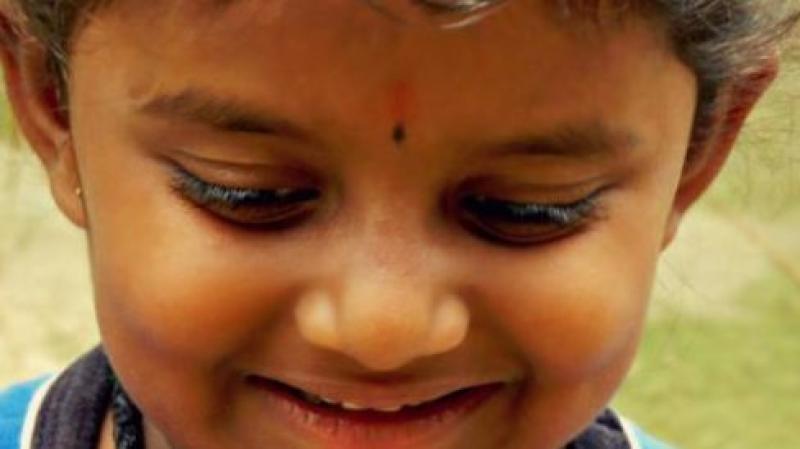
Venkata S. Murthy Gudlavalleti from the Indian Institute of Public Health, Hyderabad has been studying childhood blindness in the country to understand the causes, severity and extent of the disability.
According to a World Health Organization estimate, globally, around 19 million children are visually impaired, and 1.4 million of those are blind. In India, the number is close to 8 out of every 10000 children. As childhood blindness is also considered as an important indicator of the state of child health and primary care services in a country, the numbers reflect a larger issue of lack of diagnostic and care centres in the country.
Dr. Gudlavalleti set out to find the prevalence of childhood blindness and some of the common causes for the disability. Childhood blindness is an important parameter, since children born with the disease then must live their lives without sight, a parameter termed as blind years lived. It is found that after adult cataract, a condition which causes blurred vision due to the lens in the eye becoming opaque, childhood blindness is next, in terms of blind years lived. This means the children have to survive for long without the ability of sight.
Due to lack of available data on the prevalence, Dr. Gudlavalleti used under-five mortality rates, or the number of infants dying before reaching an age of five, as an approximate proxy for the prevalence of the disability in low and middle-income families. The study also found whole globe lesions, corneal scarring, retinal pathology, and afflictions of the lens to be some of the common causes for blindness in children. However, data was again lacking in around 60% of the region in South Asia to determine a specific cause for the blindness. The study also found that the number of avoidable cases of blindness was around 50%.
The study points to a need for comprehensive eye care centres for both, avoidable and incurable blindness, while also stressing on early diagnostics, required to identify the disability early on and prompt management to address the scourge of childhood blindness.





